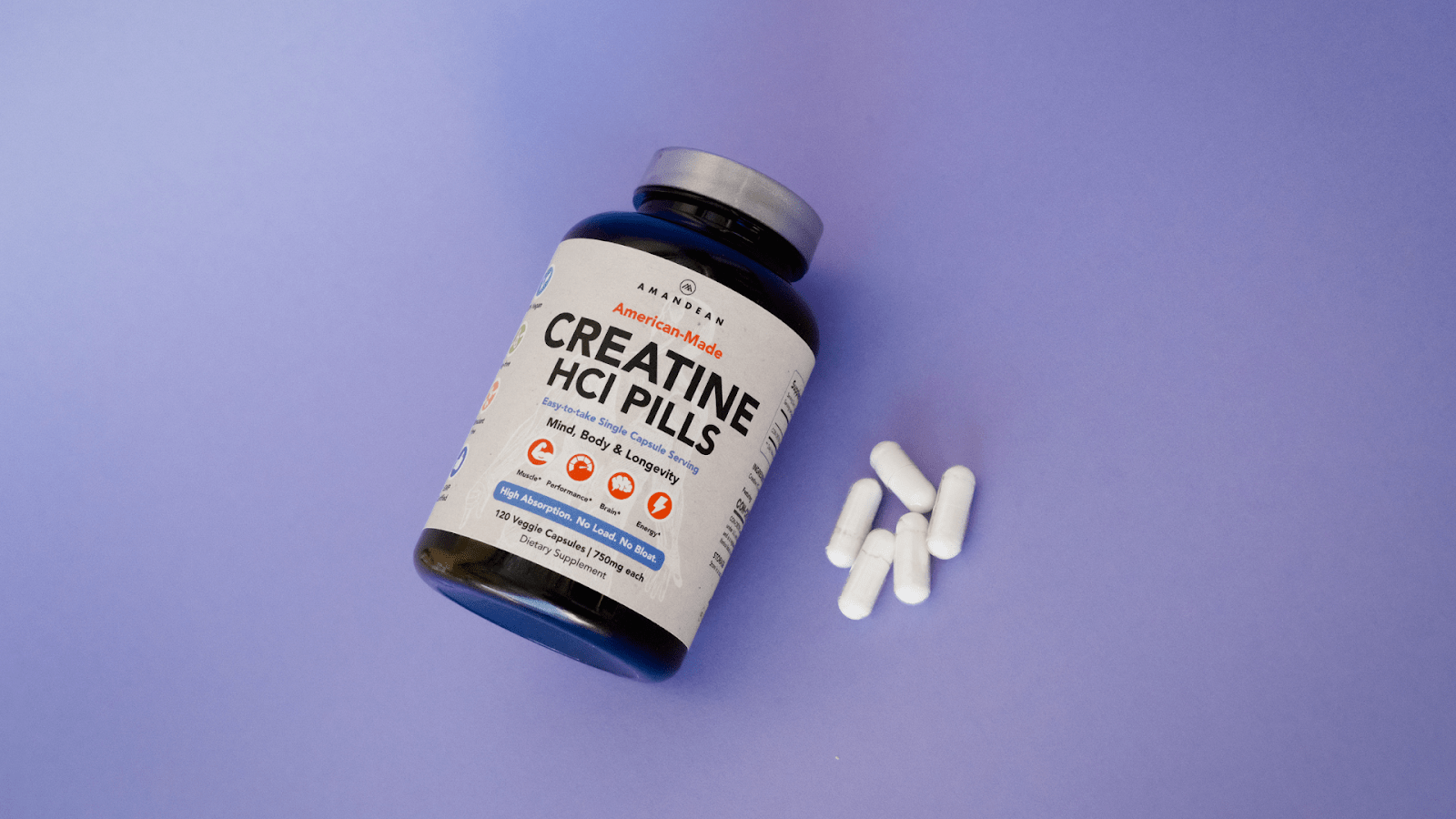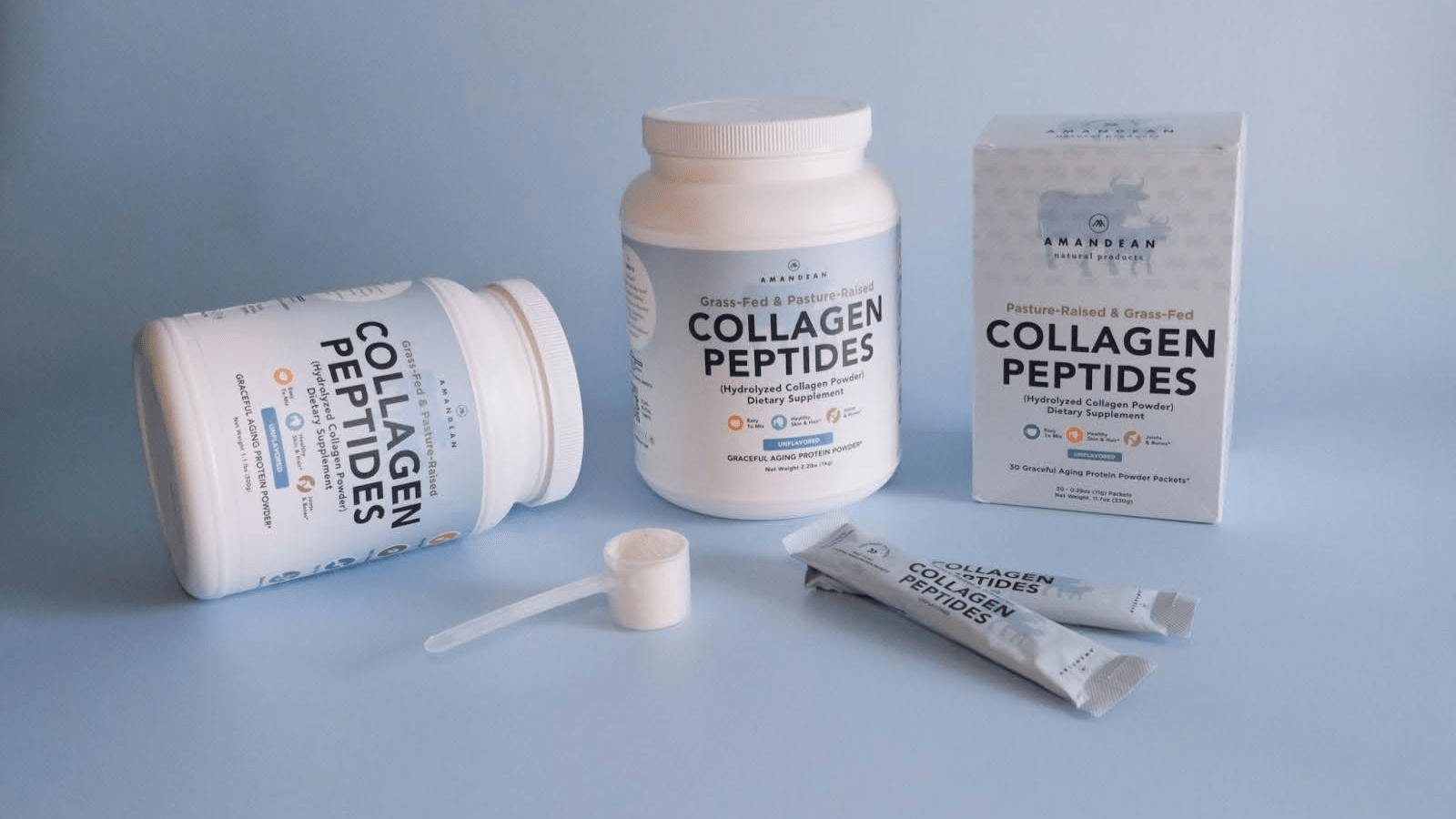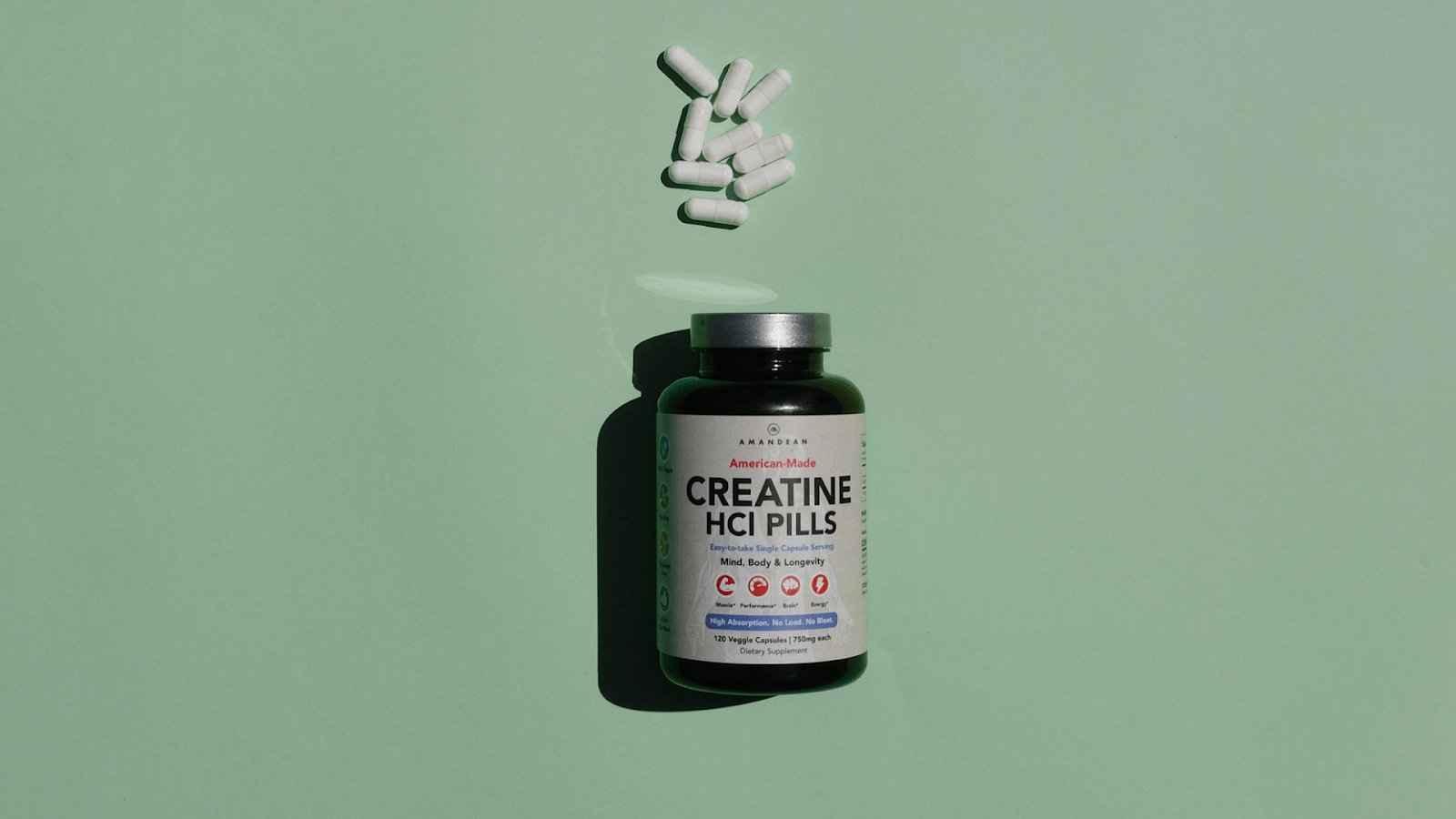Your Cart is Empty

February 06, 2024 5 min read
Take our quiz and find which supplements your body is craving.

Some would say that finding quality meat substitutes in this day and age shouldn’t be too complicated. With the expansion of so many vegan brands, including the absolute industry leaders Impossible Foods and Beyond Meat, you would think that carnivorous cravings are a thing of the past.
While there certainly are reliable, quality brands that have earned the trust of plant-based customers worldwide, creating a balanced, healthy vegan diet for yourself is no piece of cake. For our take on popular meat substitutes, check out Meatless Meats, Vol 1.
As opposed to conventional meat substitutes, lab-grown meat isn’t considered vegan, as it is produced from actual animal cells. But can it be perceived as a cruelty-free, next-best-thing meat alternative? As long as you prioritize overall quality, sourcing techniques, and ingredient purity as the staples of your nutrition-building strategy, lab-grown meat remains a controversial topic.
In today’s article, we will focus on lab-grown meat as a still-enigmatic innovation, with all of its advantages and potential drawbacks.

One of the greatest advantages of producing lab-grown meat is the potential to eliminate the need for farmhouse raising and slaughter of animals altogether. While this point of view may seem rather promising initially, the production process is often frowned upon. Lab-grown meat, also known as cultivated or cultured meat, is indeed animal meat at the end of the day, so it is not considered vegan.[1]
The “artificial” meat replicates the nutritional profile of “real” meat structurally, as it is based on actual animal cells. Scientists found a way to produce meat from animal cells without sacrificing the animals in the process. Built on the foundation of fermentation, tissue engineering, stem cell biology, and chemical engineering, cultivated meat production inspired massive research supported by hundreds of companies.[1]
The first step in cultivated meat production is harvesting and banking the necessary animal stem cells placed into bioreactors, known as cultivators. Inside these bioreactors, cells grow at a very fast pace, thriving in this optimal environment where they receive all the necessary nutrients, including vitamins and amino acids. Depending on the type of meat, the cultivation process takes anywhere from two to eight weeks. The scientists dedicated to these projects aren’t stopping at meat; they also aspire to produce milk using similar techniques.[1]

The largest and perhaps most obvious advantage of this kind of meat production lies in the elimination of animal slaughter. Theoretically speaking, meat appreciators could continue consuming meat products without harming animal life. There would be no need to raise animals in poor conditions or end their life prematurely and violently to obtain meat.
Moreover, the resources required for lab-grown meat production aren’t as substantial as those invested in traditional methods. Therefore, it would result in less pollution, as well as eutrophication, and could result in a significant decrease in greenhouse gas emissions. A significant benefit of cultivated meat is that it requires no antibiotics, which is a burning issue in traditional meat production.[1]
If properly executed, the project of lab-grown meat could lead to game-changing improvements in numerous areas, including biodiversity, as well as minimization of industrial animal slaughter and agricultural deforestation.[1]
There are two sides to every story, and the Utopian idea of lab-grown animal products isn’t as perfect as it may seem. However, many could consider some crucial facts about cultured meat a deal-breaker.
What “sells” cultured meat as a cruelty-free solution is the fact that innocent animals are spared. However, what would immediately defeat the purpose of merciful meat production are cell-sourcing practices that aren’t properly regulated. In case cell sourcing isn’t aligned with basic animal rights, can we really consider lab-grown meat cruelty-free in all its aspects?[2]
One of the major concerns is that this innovative food technology (and all its processes, from sourcing to final product) has to be entirely safe and reliable, which requires additional research. Speaking of safety, it is paramount to investigate the long-term effects of lab-grown meat on our health, especially regarding regular consumption.[2]
What’s more, consumers need full transparency when it comes to all substances used in these processes, especially growth mediums. It is necessary to fully grasp how this kind of production, with all its elements, affects our health - especially if we were to substitute traditional meat with these products in their entirety.[2]

While the health impact remains the number one concern, we cannot turn a blind eye to the economic impact of this drastic change. What would happen to people whose livelihood depends on traditional meat production practices, and how would this revolutionary shift in the industry affect the global economy in general?[2]
Speaking of economy, there is no doubt that modern meatless meat would come with a higher price tag. With the ongoing inflation in the post-Covid world, we have to wonder if lab-grown meat would be widely accessible or a luxury.[2] The cost of the necessary research surrounding the idea of lab-grown animal products is also raising questions about the economic aspect of this innovation.
Of course, one has to wonder if artificially manufactured meat will ever be able to compare to “the real thing” in terms of quality, flavor, and texture. For those who will settle for the next best thing for the greater good, this may not be a problem. However, people who know and appreciate meat will not give up their favorite cuts for a lab-made replica that doesn’t provide the same experience.
The psychological aspect cannot be ignored, either. In some cultures, meat holds a very important position that will be difficult or even impossible to replace. What’s more, the very idea of eating a lab-made duplicate instead of actual meat may not be appealing to some people, which is where marketing strategies come into play.[2] Obviously, the testing, monitoring, and safety procedures will play a vital role in shaping the public perception of lab-grown meat as a healthy, optimal choice.
On one hand, we have a bright future ahead of us. We can almost picture a world with no farming pollution and animal cruelty, with quality lab-made meat cuts that can be enjoyed guilt-free without ever noticing the difference. On the other hand, there are economic and cultural implications and the ever-so-persistent dilemma of the modern world: can we really duplicate everything in a lab? Even so, will the artificial copy ever live up to enormous expectations?
While we closely observe as the story of lab-grown meat unfolds in the next few decades, we can optimize our nutrition with natural, non-GMO supplementation with sustainably sourced ingredients that have been tested and certified.

October 17, 2025 8 min read
Find out why creatine is better for vegans! Boost your wellness game and unlock peak performance with Amandean's premium supplements today.

October 16, 2025 7 min read
Learn whether collagen in coffee is just another wellness fad. Examine the facts, benefits, and how to use collagen in coffee for beauty and joint support.

September 22, 2025 9 min read
Unlock the full benefits of creatine for women. Boost energy, beauty, and brainpower with Amandean’s clean formulas.